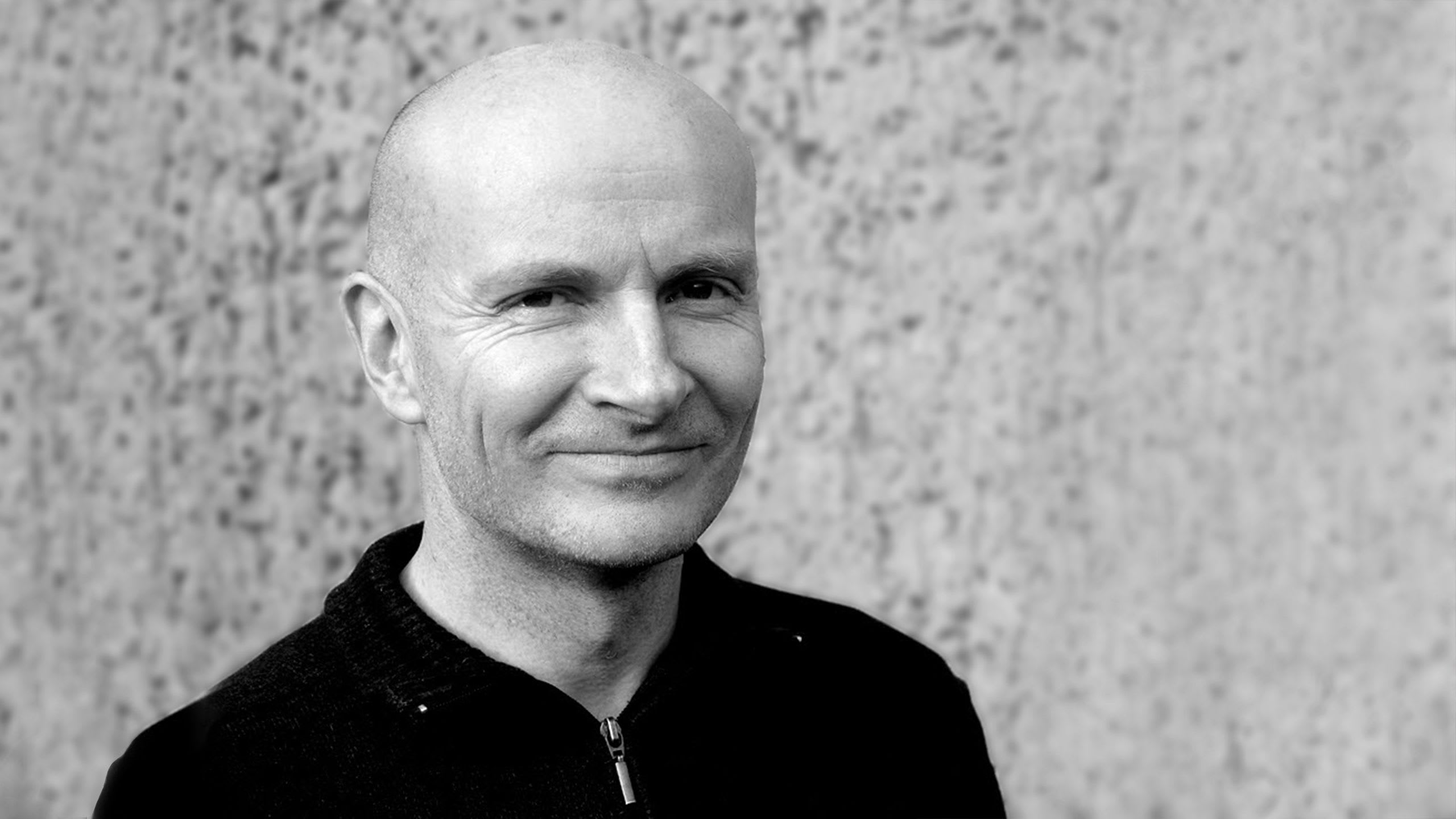Last month, I had the pleasure of visiting Electric Op at the Buffalo AKG Art Museum, curated by Tina Rivers Ryan. The exhibition explores the evolution of Op art from the 1960s and 1970s, highlighting its unexpected intersections with early computer-generated art. What stood out to me most was the thoughtful curation, revealing how Op artists were not only responding to new technologies but also shaping the aesthetics that would influence the future of digital art.
Electric Op juxtaposes iconic Op art with pioneering computer-generated works, creating a unique dialogue between these two movements. The show reveals how many Op artists, known for their manipulation of perception, were attuned to technological advancements. I was fascinated to learn that some were in direct conversation with early digital art pioneers and even experimented with computers themselves.
It was especially meaningful to see works by Art Blocks artists—Kim Asendorf, LIA, LoVid, Casey Reas, Rafaël Rozendaal, Jen Stark, and Leo Villareal—continuing this tradition. By placing contemporary generative art alongside historical Op art, the exhibition underscores how the relationship between geometric abstraction and digital innovation continues to evolve into the twenty-first century.
Walking through the exhibition, I was particularly captivated by Jen Stark’s project Vortex, displayed on an interactive, wall-mounted touchscreen. The installation presents all 1,000 algorithmically generated outputs for exploration, merging optical and digital experiences and capturing Op art’s participatory nature by inviting viewers to actively engage.

Similarly, Casey Reas’s METASOTO and LIA’s Homage to Bridget Riley offer thoughtful reflections on how the principles of optical art translate into generative art. Directly referencing their Op art inspirations, these pieces invite viewers to explore patterns of form and light and their kinetic effects.

In another nod to a pioneer of geometric abstraction, Leo Villareal’s Double Scramble pays homage to Frank Stella’s work. Utilizing the dynamic possibilities of light, Villareal arranges concentric squares that gradually shift and blend in color, transforming the structural composition of a painting into a continuously evolving, computer-controlled display.

Rafaël Rozendaal’s Abstract Browsing and Kim Asendorf’s Sabotage showcase how algorithms can transform raw information into visual art. Emphasizing randomness and iteration, their works extend the Op art conversation into the digital realm, creating abstract experiences with evolving optical illusions and perceptual play.

Finally, 486 Shorts by LoVid takes the patterning and visual effects of Op art and grounds them in a pile of outdated computer hardware. To me, this brings the dialogue full circle by demonstrating that while technology advances, the aesthetics of Op art continue to evolve and have a lasting place in contemporary practice.

As Erick Calderon and I are deeply involved in the generative art space, supporting Electric Op through the Generative Art Fund felt profoundly meaningful. Tina Rivers Ryan’s curatorial approach beautifully illustrates how the boundaries between traditional and digital art continue to blur. I’m proud of Art Blocks’ role in championing these artists and thrilled to see generative art contextualized within such a respected art historical lineage at the Buffalo AKG.
If you’re near Buffalo, I highly recommend experiencing Electric Op for yourself. The exhibition runs through January 27, 2025.
All images courtesy Buffalo AKG Art Museum.






